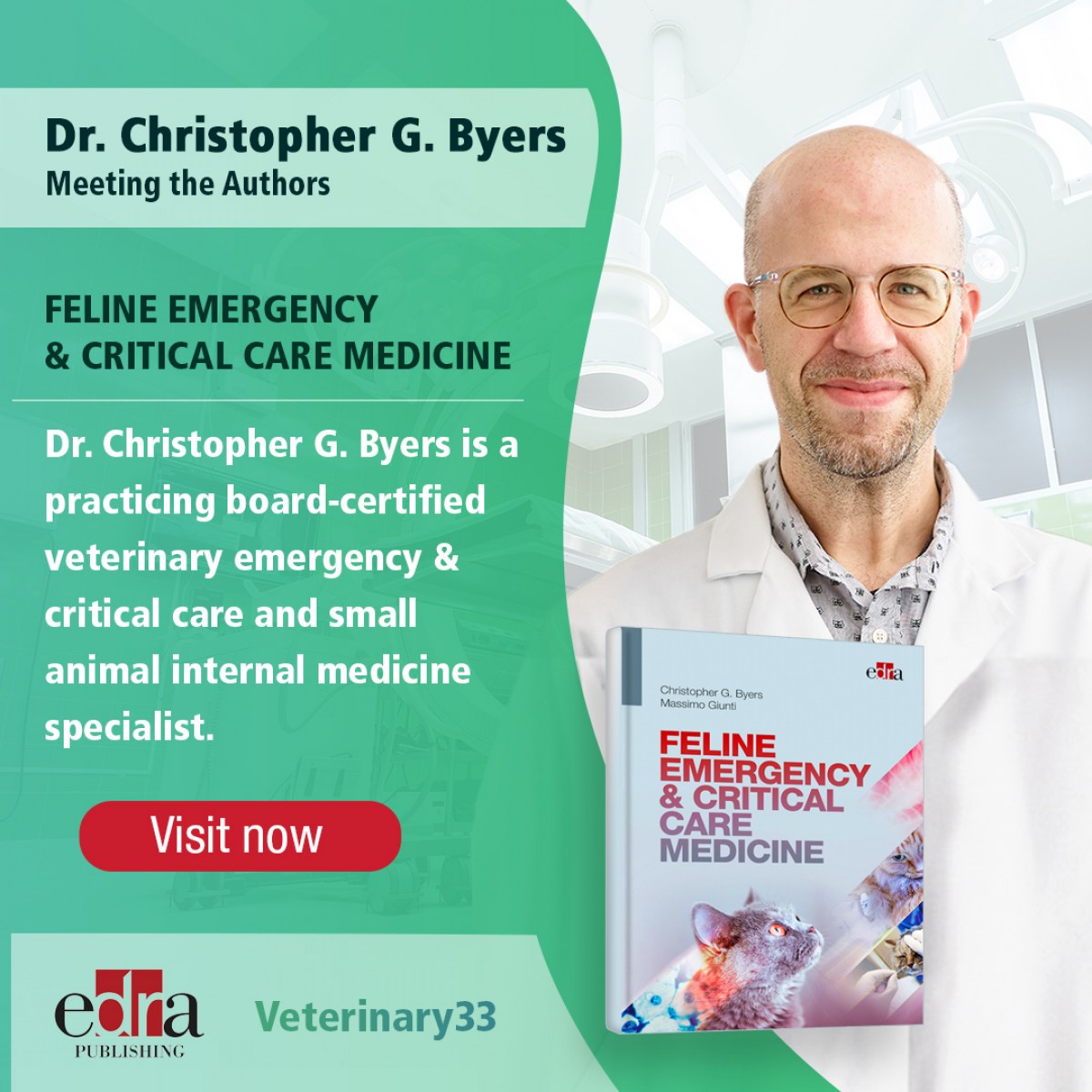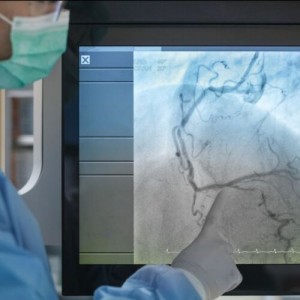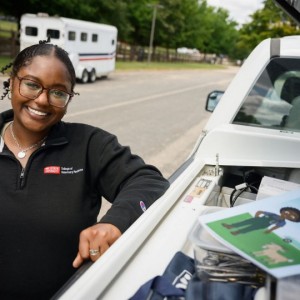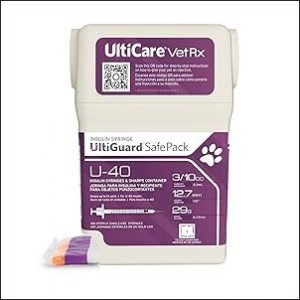Dr. Christopher Byers: The pandemic broke me
Edra book author presenting at Fetch 2022
by Mary Guiden
Dr. Christopher Byers is a board-certified veterinary emergency and critical care and small animal internal medicine specialist. He currently works as a teleconsultant for VetCT and is also a certified veterinary journalist. Byers received his Doctor of Veterinary Medicine degree from Cornell University and is the co-editor of “Feline Emergency & Critical Care Medicine” from Edra Publishing. Byers publishes a blog on CriticalCareDVM.com with goals to educate pet owners and promote the triad of care. He will present at a handful of sessions on health emergencies for cats and dogs at Fetch dvm360® 2022 to be held Dec. 2-4 in San Diego. Byers recently spoke with Veterinary33 about his career and a new book in the works.
Q: What can Fetch 2022 attendees expect from your sessions?
A: The primary driver for me lecturing, presenting, and chatting with learners is to let them take home at least one practical clinical tidbit from each presentation that they can immediately share with their team members on their very next day on shift, something that they can immediately implement to help patients and patients’ families.
The majority of time in my sessions I focus on the appropriate diagnostic tests and logical therapeutic interventions — ideally with evidence-based data to support them. My overarching approach is to always explain the “why.” I want to understand why I’m doing what I’m doing, so I make that a major focus of my presentations.
Q: The last few years have been challenging for veterinarians. How were you affected by the pandemic?
A: The pandemic broke me. I am happy that it did break me, however, because I am now the most professionally fulfilled I’ve been in a very long time. For me, it was a combination of not being satisfied with the caseload. That part of the work had become boring and the entitlement of a very small yet exquisitely and effectively vocal population of pet owners that made me step back and say: ‘I don’t need to accept this. I don’t need to tolerate or encourage this.’
In Sept. 2021, I retired from full-time clinical practice and became a fulltime teleconsultant with VetCT. I still have a very positive relationship with the hospital where I was employed, and I still do locum tenens shifts to help keep my clinical toes proverbially wet.
But most of my time is now spent in an educational role through teleconsulting with colleagues all over the world. No longer am I just focused on U.S. clients. I have U.K., E.U. and Australasian clients and that has presented unique learning opportunities for me to keep me engaged. What one may see in Omaha, Nebraska is very different than a colleague in rural northern Norway, Belfast, Ireland, or Melbourne, Australia.
The variety in my work has been very fulfilling. The VetCT team is perhaps the most positively engaging, proactive, and communicative of the teams with which I’ve had the privilege of being associated.
I’ve rediscovered my passion for veterinary medicine through the opportunity to be a full-time team member and to continue presenting on the lecture circuit. Helping another colleague manage a patient is always going to be a challenge because every colleague’s approach is slightly different even if it’s another chronic vomiting patient or chronic diarrhea patient or respiratory distress.
Their experiences have shaped their approach. For that reason, nothing is ever the same, and I appreciate that.
Q: What feedback have you received about your book, and what — if any — future writing plans do you have?
A: “Feline Emergency & Critical Care Medicine” came out in September 2021. Thankfully, based on feedback from Edra team leaders, it has been very well received. I am often approached at meetings by individuals who say they really appreciate the book, particularly the format of having a summary section and a comprehensive section for each chapter. The summary sections are very helpful for the busy clinician and hectic hospital environment when someone needs practical information quickly. But others appreciate the deep dive available in the comprehensive sections for those who want to learn more, clinicians who are pathophysiology geeks or want to understand more about the ‘why’ of various diagnostic test recommendations or therapeutic indications.
As the book has been well received by colleagues, Edra has asked us — me and my co-editor, Dr. Massimo Giunti — to produce a companion book on canine emergency and critical care medicine. The book is actively in production and our authors are busy composing chapters. Massimo and I are looking forward to unveiling this companion text in late 2023.
Q: What is your philosophy or approach as an educator?
A: I have a responsibility to give back to the profession. This belief has been an overarching motivator for as long as I can remember, even before I entered veterinary school.
I want to be a game changer. I come from predominately a family of educators from middle school to university level. This has framed my approach to how I can best contribute positively to the profession through sharing experiences whether that is presenting at conferences, contributing to clinical research and peer reviewed manuscripts, and ultimately, creating textbooks.
Q: What else would you like readers to know?
A: I would encourage learners to ask questions. It’s my variation of, “There are no stupid questions.”
Often at the end of presentations, I’m asked amazing questions by people willing to ask them in front of colleagues. As soon as the question period ends, I’ll say, “For those of you who are too shy to ask questions in front of colleagues, come up.”
Inevitably, multiple colleagues approach me with more questions. They ask so many amazing questions, and I wish they had been able to ask their questions so that all their colleagues could also hear the answers. It’s a learning environment. We all learn from each other.














List
Add
Please enter a comment